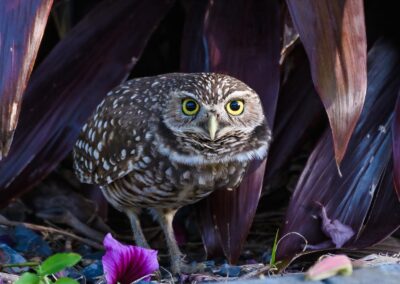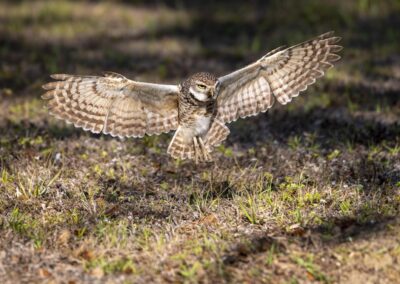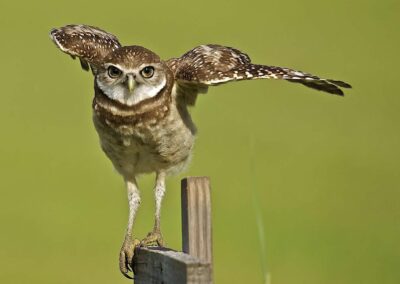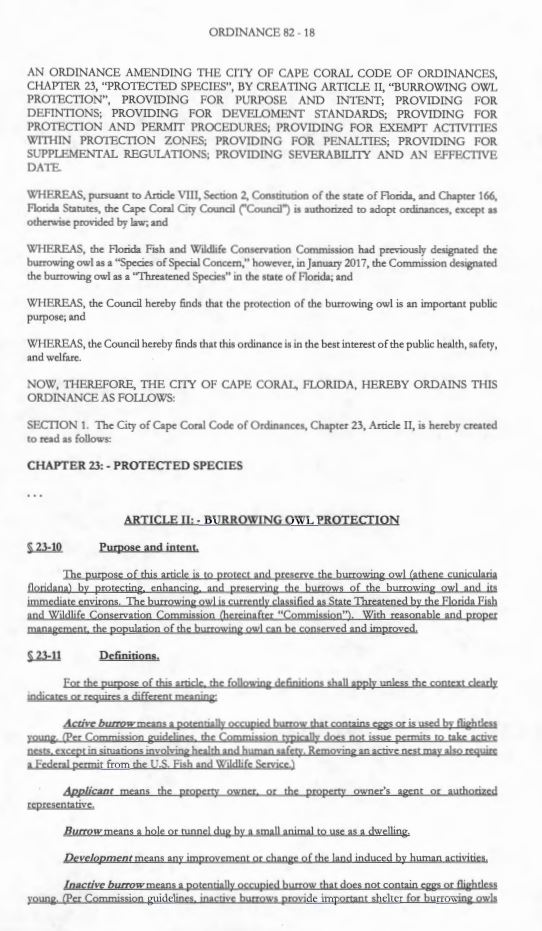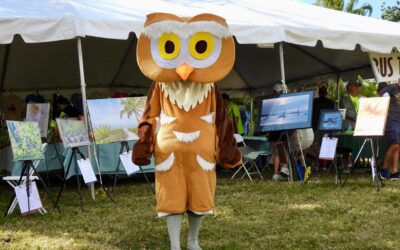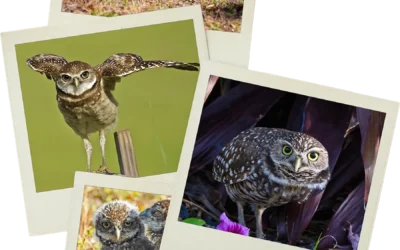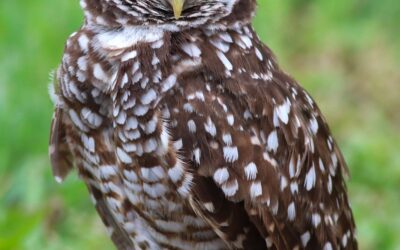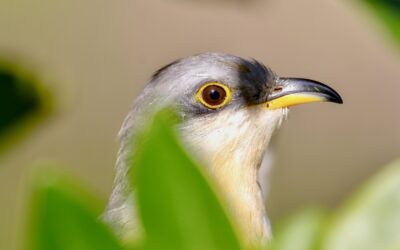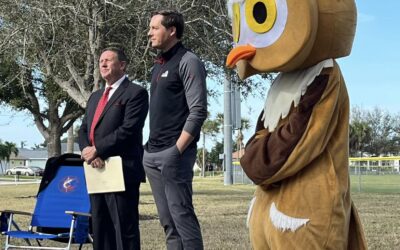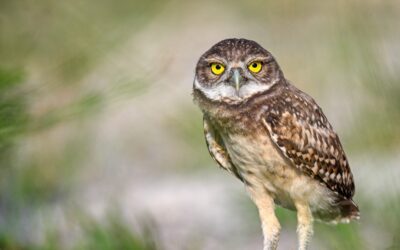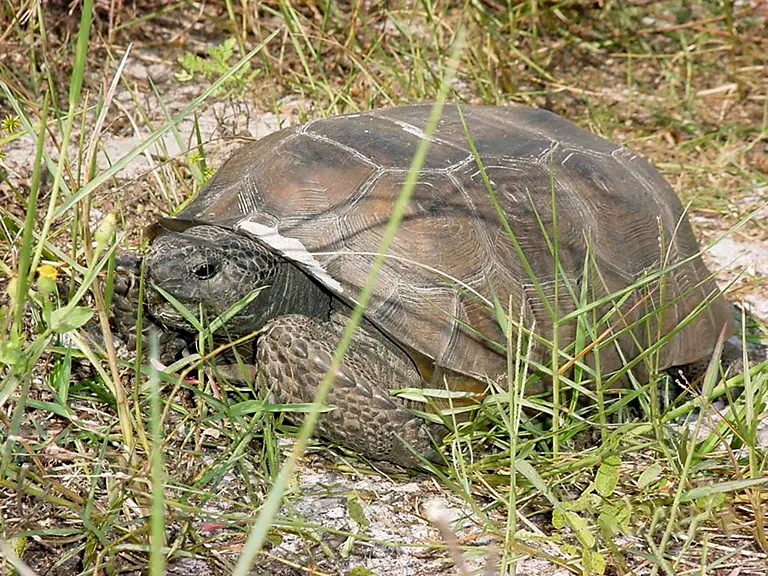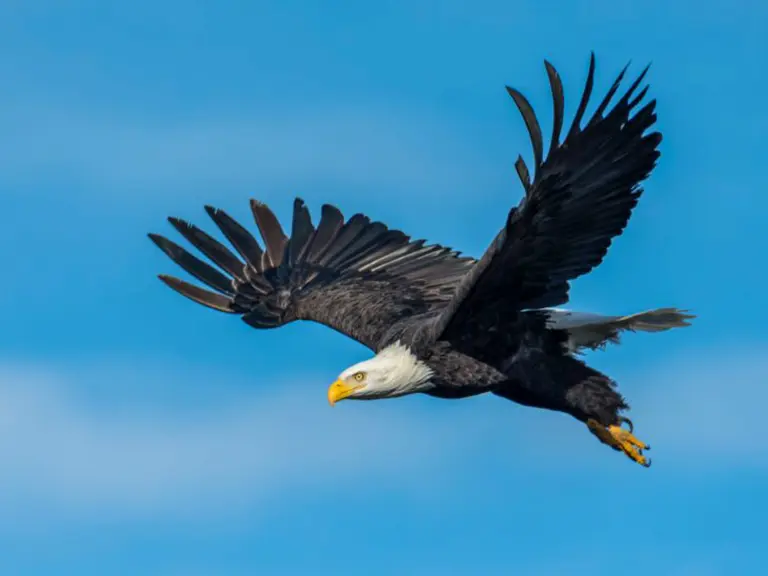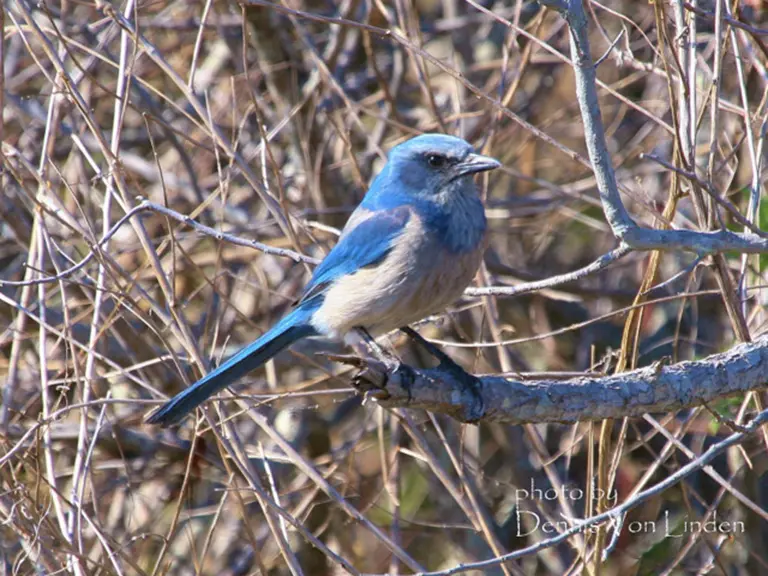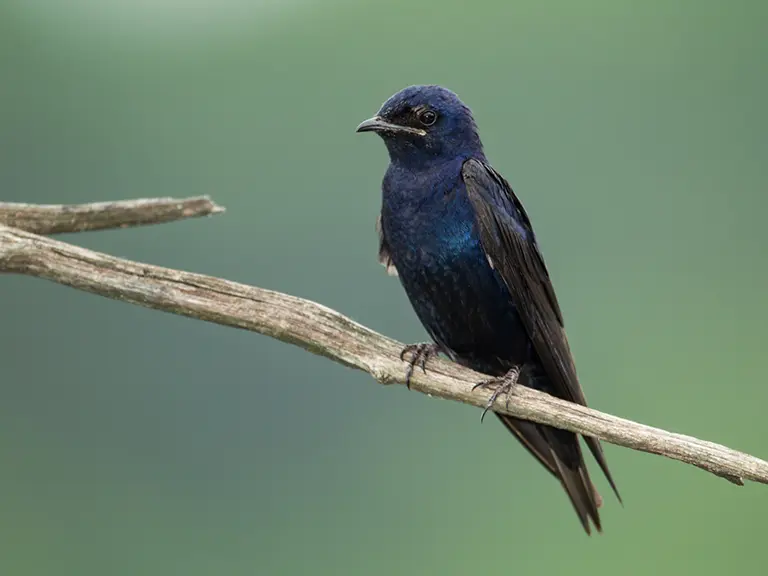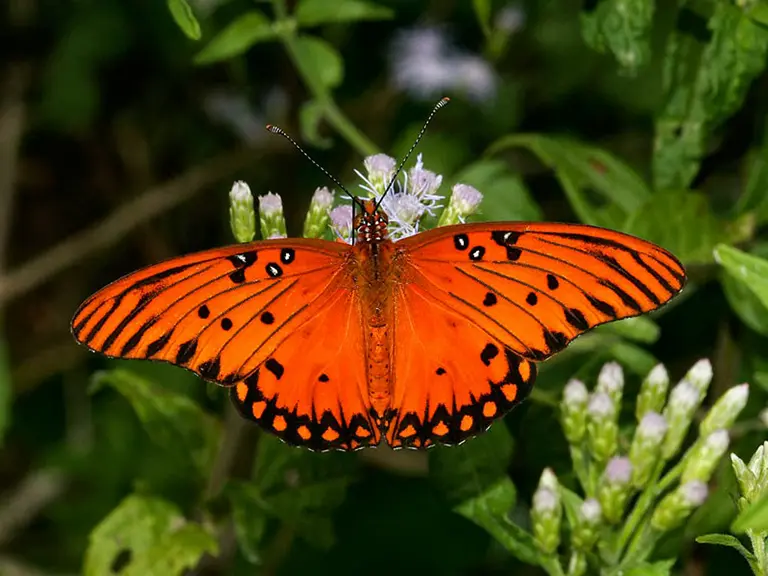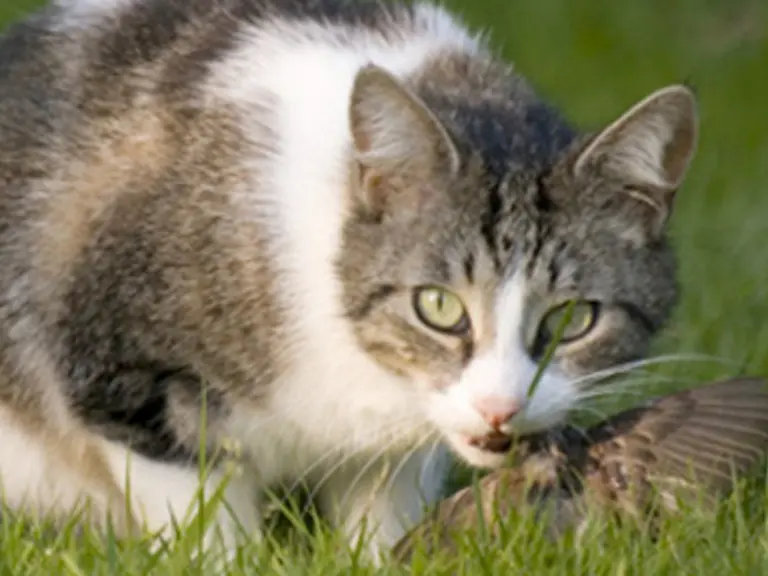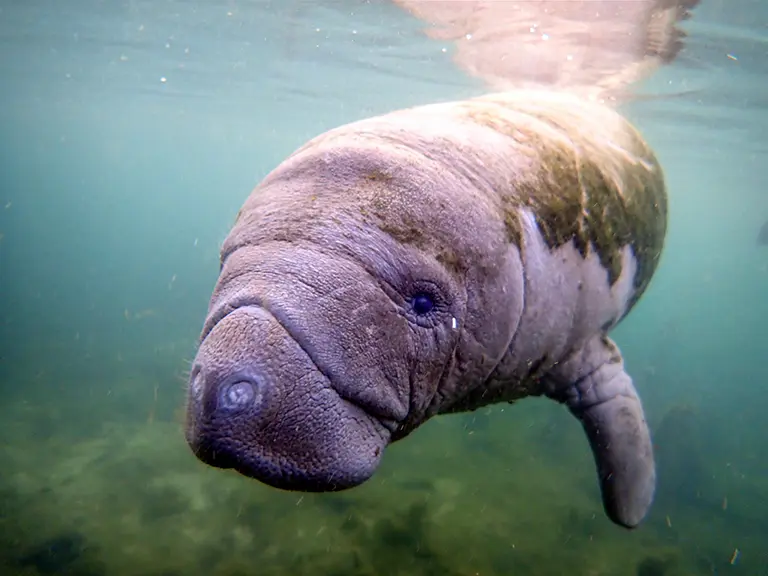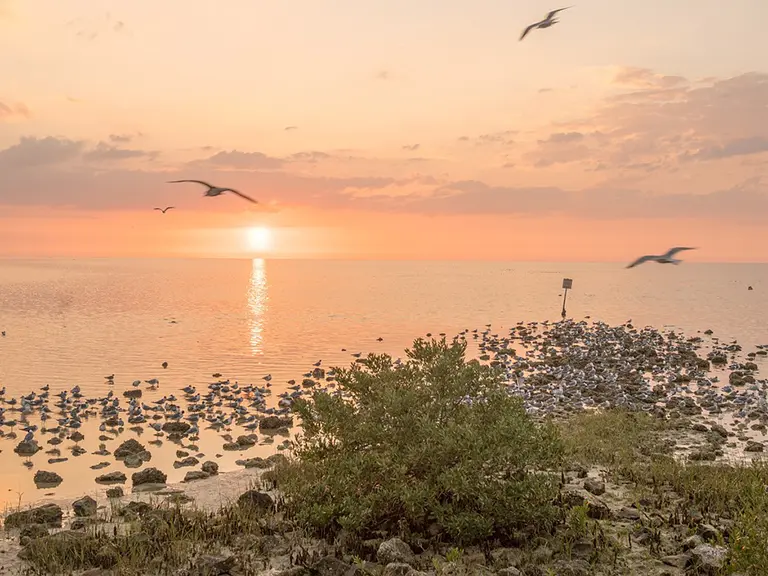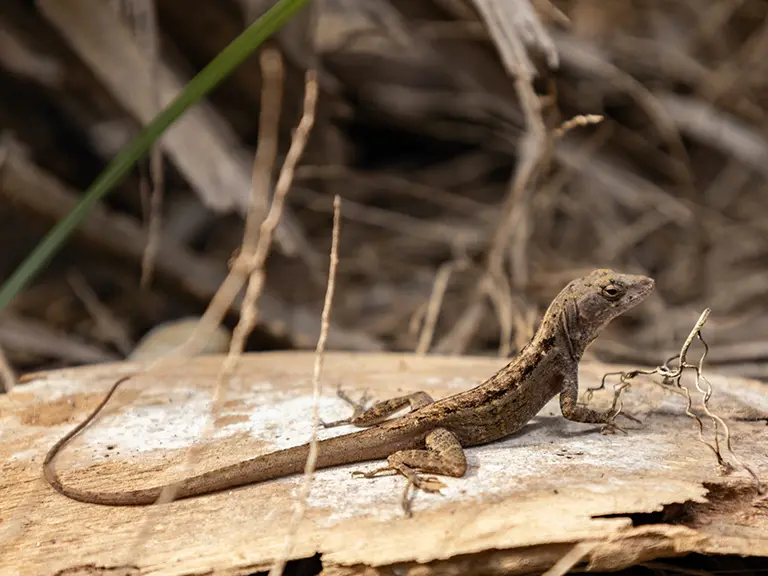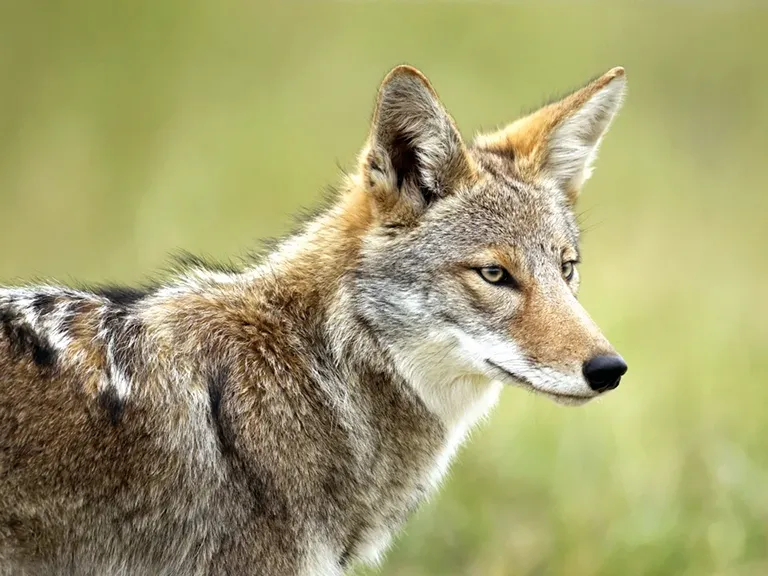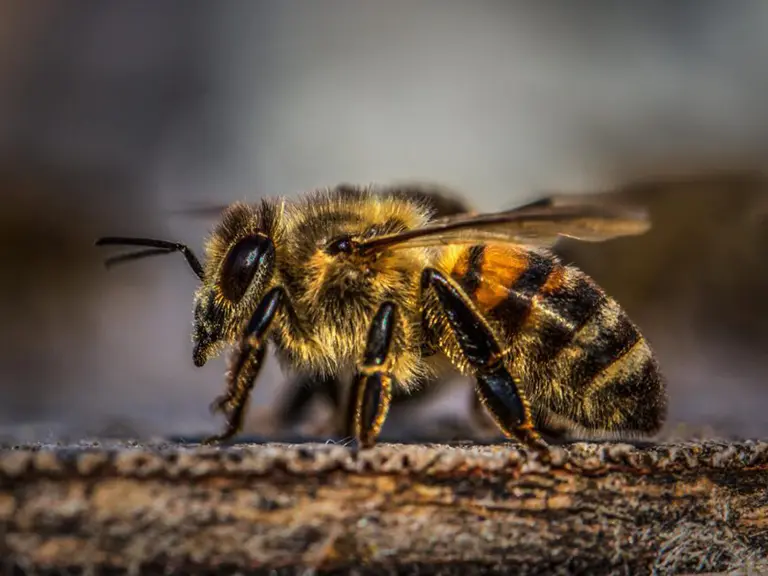Burrowing Owl
At 100 square miles, Cape Coral, Florida is the second-largest city by land area in the state of Florida, with Jacksonville being the only larger city. Cape Coral also boasts the largest population of the Florida species of the Burrowing Owl (Athene cunicularia floridana) in the state, estimated at 1,000 nesting pairs.
Weighing only 5-8.5 ounces and standing 7.5-11 inches tall, the Burrowing Owl is one of the smallest owl species in the world, and it’s unique among the 171 owl species for living underground. Unlike the Western species of Burrowing Owl (Athene cunicularia hypugaea) that inhabits abandoned prairie dog burrows, Florida’s Burrowing Owls dig their own burrows. Cape Coral is home to more than 2,500 burrows within the city limits, though not all are actively used by owls.
Photographers and birders from around the world visit Cape Coral to see these charming owls, often amazed by how easily they can be observed and photographed. However, this accessibility comes at a price. Over the years, one of the main locations to observe Burrowing Owls has been the Cape Coral Library. Many burrows used to surround the library, all bustling with owl activity. Today, only one burrow remains active, possibly due to excessive human disturbance, causing the owls to seek quieter locations.
While some Western Burrowing Owls migrate, those in Cape Coral remain year-round but may seek shelter in the summer to avoid the intense heat. The best time to see these owls is from January through June, and if you want to catch a glimpse of their chicks, the best time is late April through June.
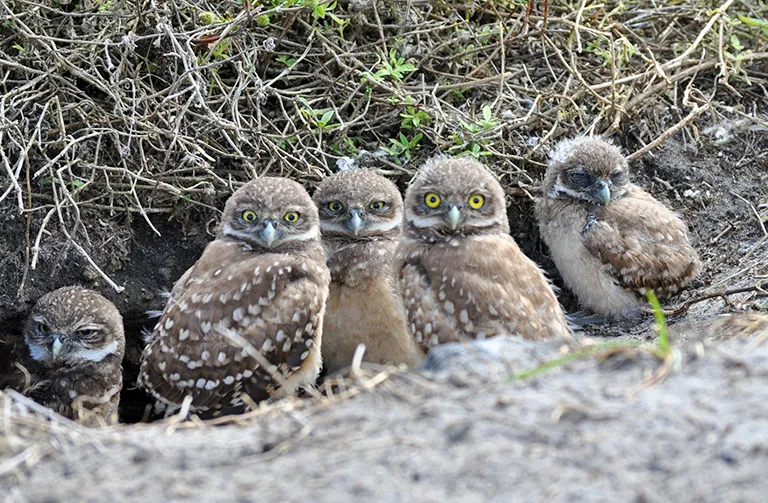
Rules of Engagement if You Visit Our Owls
- Download a map of suggested sites to search for owls on your own.
- Call Rotary Park Environment Center to sign up for a guided bus tour to see the Burrowing Owls and other wildlife of Cape Coral.
- Maintain a safe distance from the Burrowing Owls. Every known burrow in the city, located away from residential properties, has been marked with PVC pipes. Keep in mind that Burrowing Owl burrows can extend up to 10 feet, so the owl's living area may be outside the marked zone. It is not recommended to approach an owl closer than 20 feet or linger for extended periods. While owls may appear unperturbed by your presence, it disrupts their daily activities and may hinder their hunting for food, especially when chicks are present.
- Unlike other owl species, these owls are active during the day. They can often be observed sitting in front of their burrows or on nearby perches at any time. During nesting season, which lasts from February through July, the male stands guard over the burrow for hours, while the female tends to the eggs or young chicks. When the chicks are approximately 10 days old, they will start emerging from the burrow, and you'll see more of the female outside.
- For photographers, the best lighting conditions are during the first or last light of the day, as the harsh Florida sun is less favorable for great photos. For birders, mid-day, when the sun is at its hottest, is the least ideal time to observe the owls.
- Please do not feed the owls. Their diet consists of mice, roaches, small snakes, anoles, and frogs. Not crackers, peanuts, granola bars, or McDonald’s french fries!
Burrowing Owls in the News
2024 Burrowing Owl Festival Recap
Cape Coral Friends of Wildlife (CCFW) would like to express our heartfelt appreciation to all that made the 22nd Annual Burrowing Owl Festival, Wildlife and Environmental Expo on February 24, 2024 a resounding success. The event celebrated the city’s official bird,...
2024 Burrowing Owl Photo Contest
Join CCFW’s 2024 Burrowing Owl Photo Contest! Snap a photo, win prizes, and be featured on the next festival T-shirt. Registration opens April 10th.
Expert Wildlife Speakers Announced for 2024 Burrowing Owl Festival
Cape Coral Friends of Wildlife (CCFW) has announced the wildlife experts who will speak at the 22nd Annual Burrowing Owl Festival, Wildlife and Environmental Expo on February 24, 2024.
Photographers Birding Bus Tour
As part of Cape Coral Friends of Wildlife’s 22nd Annual Burrowing Owl Festival, Cape Coral Friends of Wildlife will be offering a Photographers Birding Bus Tour. Join Master Birders Eary and Jennifer Warren, and David and Tammy McQuade in an air-conditioned bus for this fascinating four-hour trip.
2024 Ground Owl Day
The storm left the birds without a place to go back to, and many of them were injured. The owls are all over our community, and without a home, they’ll become scarce.
Early birds: Burrowing owl nesting season reaches its peak
The burrowing owl nesting season is hitting its peak, just in time for some public celebrations centered around Cape Coral’s official bird.

